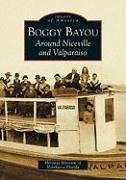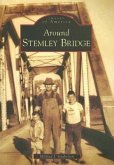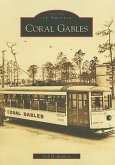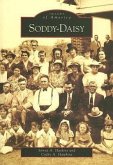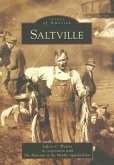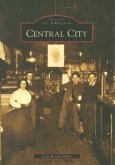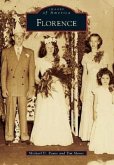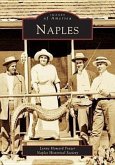Located just north of Florida's Gulf Coast, the twin cities of Niceville and Valparaiso nestle side by side along the shores of Boggy Bayou. Although they are now dynamic modern communities, the land they occupy remained a wilderness long after the rest of Florida was settled. After the Civil War, early homesteaders carved out a meager existence by making turpentine, sawing lumber from the pine forests, and harvesting fish from the waterways. In the 1920s, word spread that this region was an unspoiled paradise, so Chicago investors purchased land for development. Photographs taken at the time show the first hard road to Crestview, an early-20th-century bathhouse and waterslide, and formal get togethers at the Valparaiso Hotel. Today the nearby towns of Destin and Fort Walton Beach host millions of tourists, but just across the bridge, Niceville and Valparaiso hold on to their small-town charm.
Hinweis: Dieser Artikel kann nur an eine deutsche Lieferadresse ausgeliefert werden.
Hinweis: Dieser Artikel kann nur an eine deutsche Lieferadresse ausgeliefert werden.

